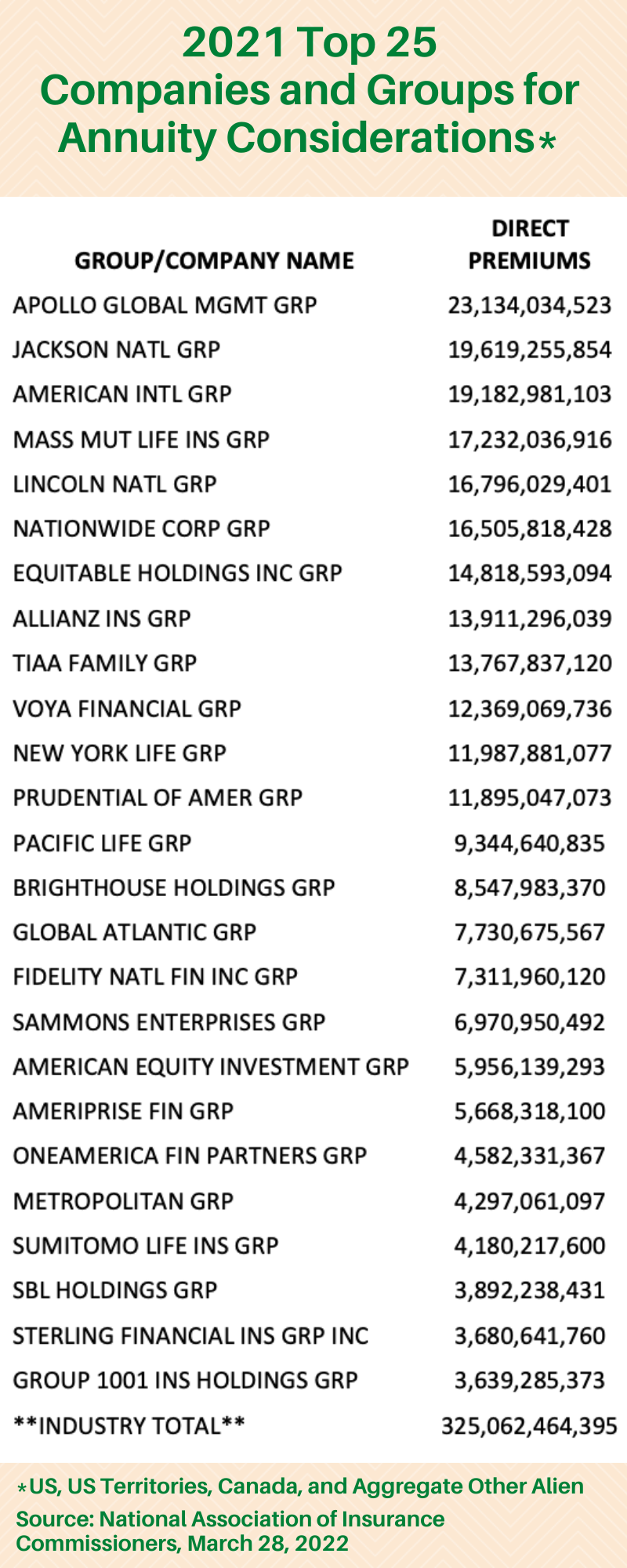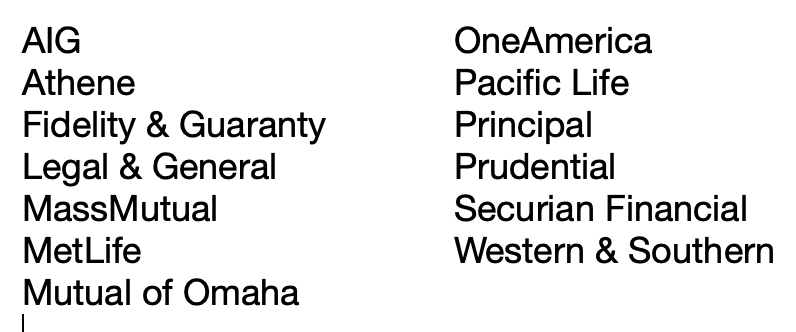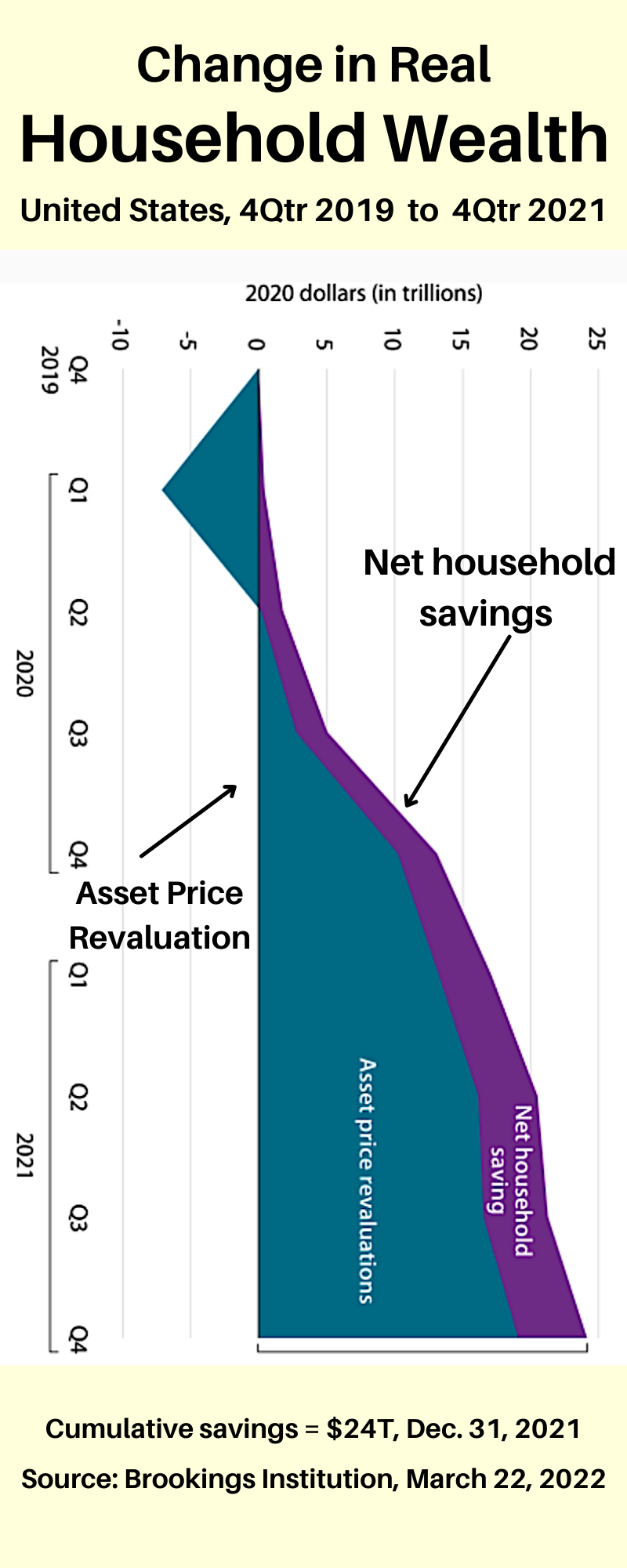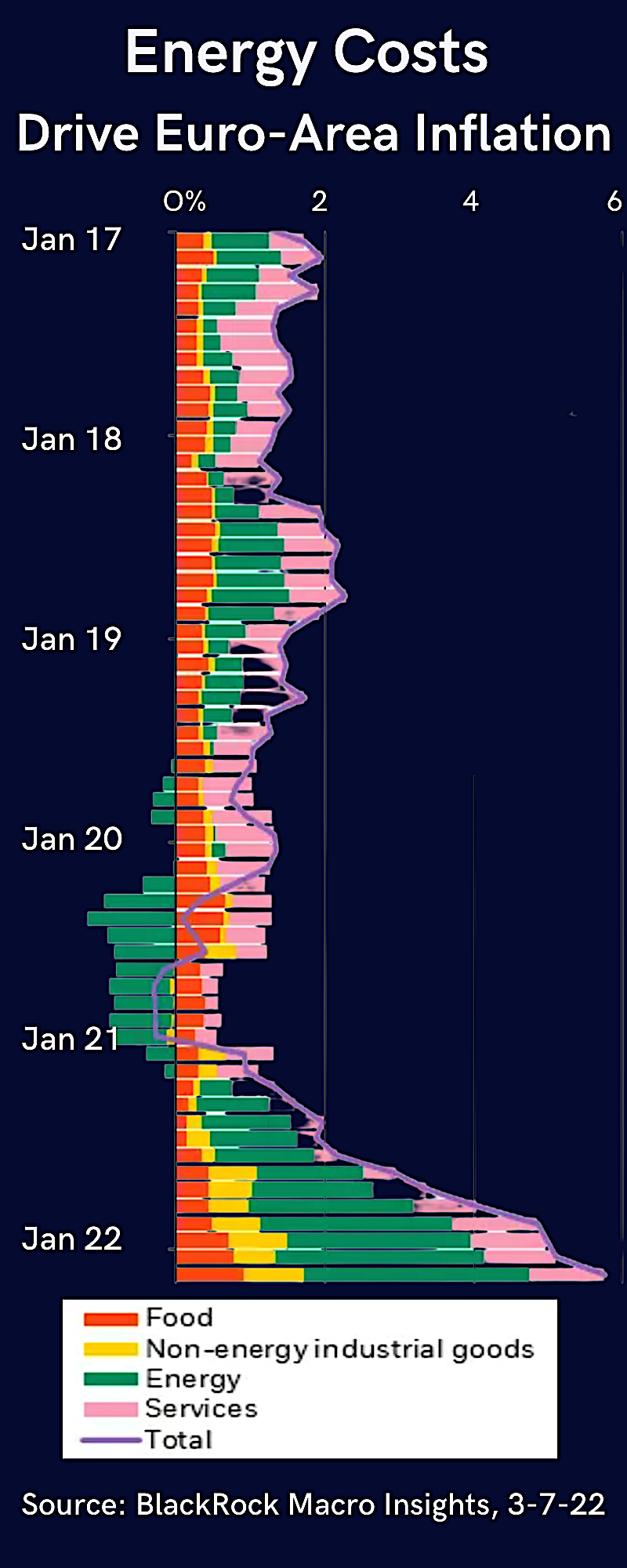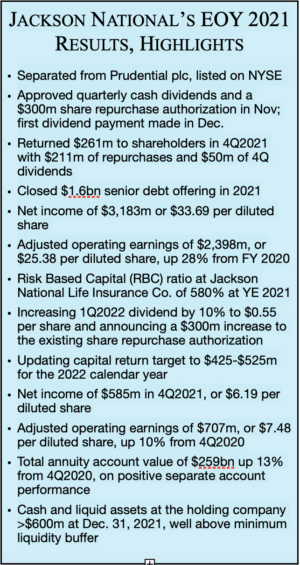Annexus and State Street partner on TDF with income rider
Annexus Retirement Solutions is partnering with State Street Global Advisors, the world’s fourth largest asset manager to develop a target date fund (TDF) with an embedded income solution for the defined contribution (DC) plan marketplace.
“This will become the second TDF income solution on the market that leverages the Annexus Retirement Solutions patent-pending Lifetime Income Builder design, which has successfully redefined how the industry can deliver in-plan lifetime income solutions in a TDF,” an Annexus release said.
The investment solution embeds Lifetime Income Builder (a product that employs group fixed indexed annuities (FIAs) with a guaranteed lifetime withdrawal benefit or GLWB) – within the automatic structure of a TDF.
State Street will manage the solution’s underlying assets and provide the index for the group fixed indexed annuity. The TDF will be available across multiple recordkeeping platforms. The new DC plan product offering is scheduled to launch in the first half of 2022.
By integrating Lifetime Income Builder into a TDF, the solution gives DC plan sponsors an efficient investment option which a plan sponsor could consider to be Qualified Default Investment Alternative (QDIA)-compliant. For participants, it offers a combination of liquidity, portability and ease of use leading to and in retirement.
The TDF design anticipates using three of the nation’s top-tier insurance providers to deliver lifetime income. This multi-carrier model allows the insurance providers to bid on pricing each month, which can help lower participant costs and deliver higher income benefits and better outcomes.
Annexus Retirement Solutions is providing its Lifetime Income Builder product and the Annexus Retirement Data Exchange (ARDX), a proprietary middleware solution that streamlines data communication and administration. ARDX also enables fund implementation and processing capabilities for the recordkeeper and all other parties.
SEC seeks more SPAC disclosure
The Securities and Exchange Commission has proposed new rules and amendments to enhance disclosure and investor protection in initial public offerings by special purpose acquisition companies (SPACs) and in business combination transactions involving shell companies, such as SPACs, and private operating companies.
“Nearly 90 years ago, Congress addressed certain policy issues around companies raising money from the public with respect to information asymmetries, misleading information, and conflicts of interest,” said SEC Chair Gary Gensler. “For traditional IPOs, Congress gave the SEC certain tools, which I generally see as falling into three buckets: disclosure; standards for marketing practices; and gatekeeper and issuer obligations.
“Today’s proposal would help ensure that these tools are applied to SPACs. Ultimately, I think it’s important to consider the economic drivers of SPACs. Functionally, the SPAC target IPO is being used as an alternative means to conduct an IPO. Thus, investors deserve the protections they receive from traditional IPOs, with respect to information asymmetries, fraud, and conflicts, and when it comes to disclosure, marketing practices, gatekeepers, and issuers.”
The proposed new rules and amendments would require, among other things, additional disclosures about SPAC sponsors, conflicts of interest, and sources of dilution. They also would require additional disclosures regarding business combination transactions between SPACs and private operating companies, including disclosures relating to the fairness of these transactions. Further, the new rules would address issues relating to projections made by SPACs and their target companies, including the Private Securities Litigation Reform Act safe harbor for forward-looking statements and the use of projections in Commission filings and in business combination transactions.
If adopted, the proposed rules would more closely align the required financial statements of private operating companies in transactions involving shell companies with those required in registration statements for an initial public offering.
The proposal also includes a new rule addressing the status of SPACs under the Investment Company Act of 1940, which is designed to increase attention among SPACs about this important assessment. Under the proposed rule, SPACs that satisfy certain conditions that limit their duration, asset composition, business purpose, and activities would not be required to register under the Investment Company Act.
The public comment period will remain open for 60 days following publication of the proposing release on the SEC’s website or 30 days following publication of the proposing release in the Federal Register, whichever period is longer.
RetireOne hires McNeela and Cusack
RetireOne, the independent platform for fee-based insurance solutions, today announced the appointment of Tom McNeela and Jeff Cusack to two key leadership positions.
As the new Director of Client Experience, McNeela will provide Registered Investment Advisors and their clients with retirement solutions. His 25-year career includes experience as a life insurance and annuity wholesaler, operations back-office leader, and leader at a national sales education team for a Fortune 100 company.
Cusack brings expertise in product development, marketing, and distribution as RetireOne’s new Senior Managing Director, Strategic Accounts. He has more than 30 years of experience in financial services, at JPMorgan, Charles Schwab, Smith Barney’s Consulting Group (now Morgan Stanley) and, most recently, Nuveen Investments.
McNeela and Cusack join RetireOne shortly after the launch of Constance, a new, zero-commission contingent deferred annuity created in partnership with Midland National Life Insurance Company.
SEC aims to regulate securities dealers, market makers
The Securities and Exchange Commission (SEC) has proposed two rules that would require proprietary (or principal) trading firms, who assume certain dealer functions, and who act as liquidity providers in the markets, to register with the SEC, join a self-regulatory organization (SRO), and comply with federal securities laws and regulations.
“Requiring all firms that regularly make markets, or perform important liquidity-providing roles, to register as dealers or government securities dealers could help level the playing field among firms and enhance the resiliency of our markets,” said SEC Chair Gary Gensler in a release.
If adopted, the proposed rules would further define the phrase “as a part of a regular business” in Sections 3(a)(5) and 3(a)(44) of the Act to identify certain activities that would cause persons engaging in such activities to be “dealers” or “government securities dealers” and subject to the registration requirements of Sections 15 and 15C of the Act, respectively.
Under the proposed rules, any market participant that engages in activities as described in the rules would be a “dealer” or “government securities dealer” and, absent an exception or exemption, required to:
- Register with the SEC under Section 15(a) or Section 15C, as applicable;
- Become a member of an SRO
- Comply with federal securities laws and regulatory obligations, including as applicable, SEC, SRO, and Treasury rules and requirements
The proposal will be published on SEC.gov and in the Federal Register. The public comment period will remain open for 60 days following publication of the proposing release on the SEC’s website or 30 days following publication of the proposing release in the Federal Register, whichever period is longer.
‘Thematic Funds’ database available to Morningstar clients
Over the three years ending December, 31, 2021, assets managed by “thematic funds” more than tripled to $806 billion worldwide, according to Morningstar’s Global Thematic Funds Landscape Report, published this week. Thematic funds’ share of all equity fund assets worldwide was 2.7% at the end of 2021, up from 0.8% 10 years ago.
A record 589 new thematic funds debuted globally in 2021, more than double the previous record of 271 new fund launches in 2020. These funds attempt to harness secular growth themes ranging from artificial intelligence to Generation Z.
More than half of thematic funds globally survived and outperformed the Morningstar Global Markets Index over the three years to the end of 2021. However, this success rate drops to just one in ten thematic funds when looking at the trailing 15-year period. More than three-quarters of the thematic funds that were available to investors at the onset of that 15-year period were closed.
Europe is the largest market for thematic funds, accounting for 55% of global thematic fund assets, having expanded from 15% since 2002. In the US, thematic funds’ market share shrank to 21% from 51% over the same period.
Funds tracking Multiple Technology Themes, with $105 billion in combined assets, represent the most popular thematic grouping globally. These funds’ tendency to favor disruptive technology companies influences where they land on the Morningstar Style Box. In the US, 70% of thematic funds fit on the growth side of the Morningstar Equity Style Box, while just 7% landed on the value side.
Morningstar Direct users can access the Thematic Funds Dataset through the firm’s “Analytics Lab” to understand the Morningstar thematic funds landscape. They can see which open-end funds and exchange-traded funds are classified to a specific theme, where they fall in the thematic taxonomy, what their growth rate has been and which are most popular.
Personalized SMAs: A new product class
The latest issue of The Cerulli Edge—U.S. Monthly Product Trends, analyzes mutual fund and exchange-traded fund (ETF) product trends as of February 2022, assesses the future trajectory of personalized separately managed accounts (SMAs), and explores why asset managers are expanding their ETF and SMA capabilities.
Highlights from this research:
Outflows from mutual funds accelerated into February, with funds suffering $32.1 billion in net negative flows vs. just $13.0 billion in January. Assets fell more than 2% to $19.3 trillion; they are now down nearly $1.5 trillion from year-end 2021 ($20.8 trillion). ETF assets declined 1.1% to $6.8 trillion, but net flows remained positive at $79.7 billion.
Asset management firms are applying the algorithmic portfolio construction techniques of direct indexing to fixed income and active equity strategies, opening a broader class of products known as personalized SMAs.
Personalized SMAs offer customized investor solutions. Cerulli expects them to challenge mutual funds and other ’40-Act’ products. Asset management firms will need to integrate these solutions with managed account sponsors and position them with advisers and their clients.
The process of creating a vehicle-agnostic lineup, with products that fit the needs of distribution partners, is a process that does not stop when ETFs and SMAs go to market. Asset managers must continuously evolve their offerings to fit the changing needs and technologies of partner firms. “The more that an asset manager’s new vehicle offerings dovetail with a sponsor’s technology, and the more that they solve a problem for financial advisors using the platform, the better the chance of distribution success,” Cerulli said.
© 2022 RIJ Publishing LLC.


